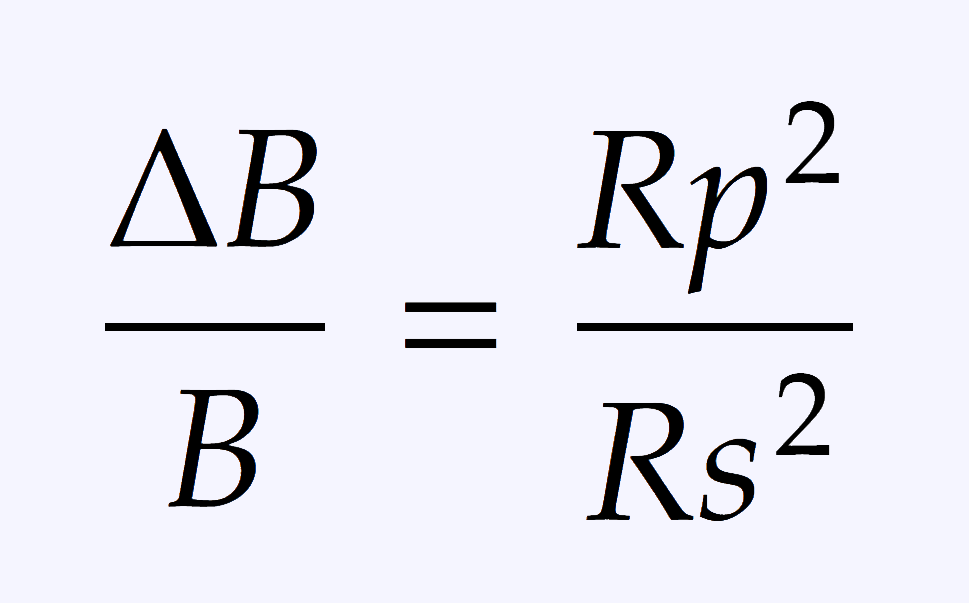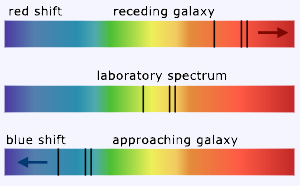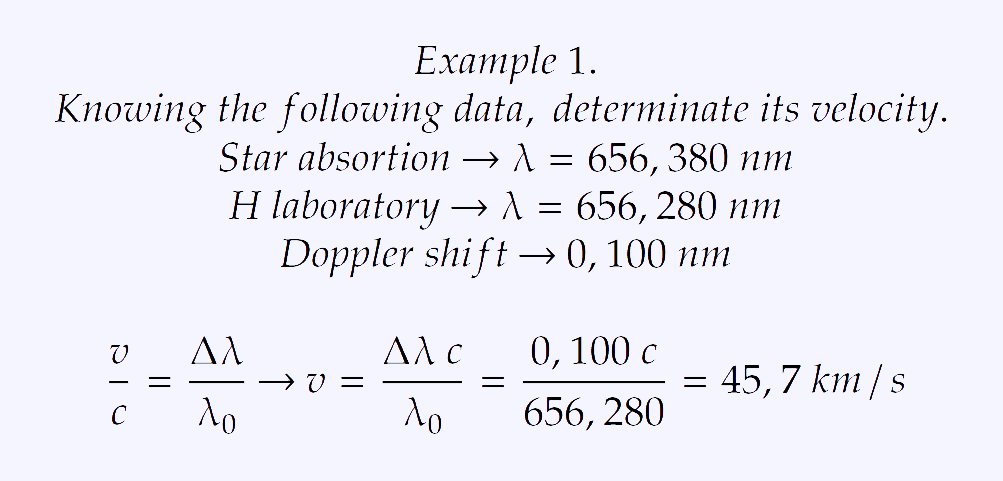Doppler spectroscopy method
Doppler spectroscopy (also known as the radial-velocity method) is an indirect method for finding extrasolar planets and brown dwarfs from radial-velocity measurements via observation of Doppler shifts in the spectrum of the planet's parent star.
This is how this method works:
- Observe the spectrum of light emitted by a star.
- Periodic variations in the spectrum are detected, (with the wavelength of characteristic spectral lines) increasing and decreasing regularly over a period of time.
- These variations may be indicators that the radial velocity (speed of an object along the observer's line of sight) of the star is being altered by the presence of orbiting planets.
- If an extrasolar planet is detected, its mass can be determined from changes in the radial velocity of the star.
To calculate the mass, first the radius has to be determined with the formula of the transition method:

If the star or galaxy is moving away from Earth there is a red shift. On the other hand, if it is moving towards Earth there is a blue one.

The mass of the planet can be found from the speed of the planet. So, for determinate the speed of the planet around the star see the following example.
